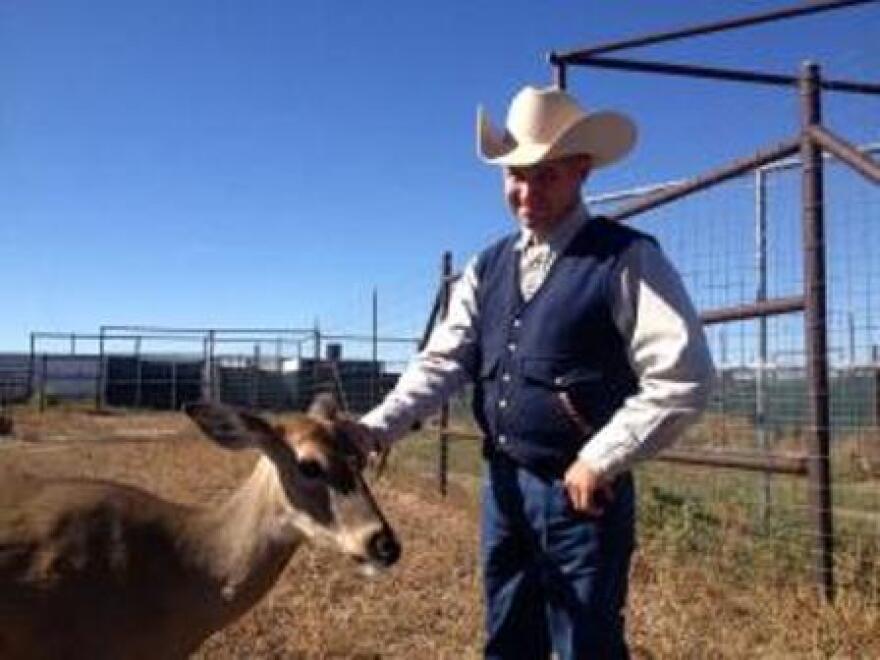This time of the year, most deer hunters are focused on where to find the big one, not Canadian rancher Jason Abraham. Abraham and his partner, Gregg Veneklasen, a Canyon veterinarian, are busy cloning their trophies.
Abraham has already cloned 168 quarter horses and almost 20 deer according to the Amarillo Globe-News. Some of the horses have been for customers all over the world, and there have been a host of offers for the deer from large ranch owners.
Cloning is expensive. Abraham says a whitetail clone costs about $50,000, a mule deer around $75,000, and a horse can cost up to $150,000.

Abraham says he owns the patent to the deer-cloning process, which is the same one used for quarter horses.
Cloning is controversial in the quarter horse world. The partners are currently in the midst of the ongoing lawsuit with the American Quarter Horse Association. The AQHA refused to register the clones.
Abraham says he and Veneklasen are working on the possibility of producing leaner cattle that require less water and corn with West Texas A&M University. The partners are also focusing on curing diseases like cystic fibrosis and cancer using pigs as a study platform.
Veneklasen says some are afraid of the technology being used.
“I think people who are scared of where we’re going need to just understand what’s going on in the world. ... If you don’t understand something, you shouldn’t be afraid of it; you should learn to understand it.”
The Panhandle pair both dream of cloning extinct creatures. For Veneklasen, it’s the woolly mammoth that once roamed the northern parts of Siberia and Alaska. For Abraham, it’s the Pyrenean ibex, a curly-horned mammal that was declared extinct in its native Spain a few years ago.
More about the cloning process can be found here.




